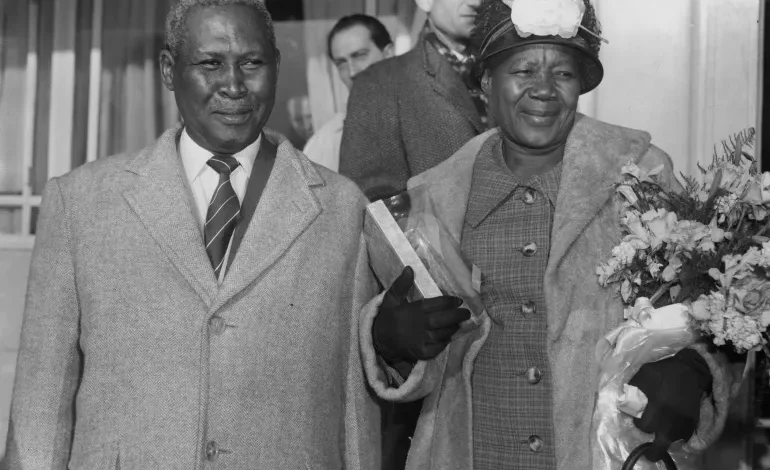How did Albert Luthuli, anti-apartheid hero, really die in 1967?

At half past eight on the morning of Friday, July 21, 1967, following a quick breakfast with his wife, Chief Albert Luthuli set out from his home in Groutville, about 70km (45 miles) from Durban in the KwaZulu-Natal Province of South Africa, on his normal daily routine.
The 69-year-old leader of the African National Congress (ANC) would “walk three kilometres to open the family’s general store in Nonhlevu, proceed to his three plots of sugarcane fields, and return to close the shop before going back home”, his daughter-in-law, Wilhelmina May Luthuli, now 77, told a new inquest into his death at Pietermaritzburg High Court in May this year. The current justice minister has reopened the inquests into several suspicious apartheid-era deaths.Luthuli reached the store by 9:30am and set off again to check on his sugar cane fields about half an hour later.
This much is not in dispute.
The only witness
Train driver Stephanus Lategan told a 1967 inquest into Luthuli’s death that at 10:36am, as his 760-tonne train approached the Umvoti River Bridge, he noticed a pedestrian walking across the bridge and sounded his whistle. “The Bantu [the official and derogatory term for Black people at the time] did not appear to take any notice whatsoever … He had walked about … 15 or 16 paces when my engine commenced to overtake him … He made no attempt to step towards the side or turn his body sideways.”
While the bridge was not designed for pedestrian traffic, Luthuli and the rest of his family often crossed it. His son, Edgar Sibusiso Luthuli, explained that when using the bridge, his father was “very, very careful. When a train was coming, he would stand, not even walk, and hold onto the railings tightly. The space was big enough for the train to pass you on the bridge”.But, according to Lategan, Luthuli did no such thing that morning. The train driver told the inquest that while the front of the train narrowly missed Luthuli, “the corner of the cab struck him on the right shoulder and this caused him to be spun around and I saw him lose his balance and fall between the right-hand side of the bridge and the moving train.”
Lategan was the only witness to the collision. According to his testimony, when he realised he had hit Luthuli, he stopped the train as fast as he could.
Luthuli was still breathing but unconscious and bleeding from the mouth when Lategan said he reached him. He asked the station foreman and station master to call an ambulance, which took Luthuli to the nearest “Bantu” hospital.
Police crime scene analyst Brenden Burgess was part of a team that used evidence from the first inquest to reconstruct the crash scene.
“The possibility of an accident scenario occurring as described by Mr Lategan is highly unlikely,” testified Burgess. “Taking into account the stopping distance required to stop the locomotive where it came to rest at the scene … the brakes to the train would have to have been applied at least 170 metres before the entrance to the northern side of the bridge … The probability of the point of impact being on the southern side of the bridge is highly unlikely.”
In fact, experts say, it is likely that Luthuli was not walking along the bridge at all.
Steam train expert Lesley Charles Labuschagne went further. By his estimation, “Luthuli was assaulted and his body taken to a railway track so it would look like he was hit by a train,” according to a Business Day article about his testimony, published in May.
Citing “gaps relating to description of trauma, in terms of size as well as characterisation of injuries”, forensic pathologist Dr Sibusiso Ntsele told the 2025 inquest that Luthuli’s post-mortem report was “substandard to say the least”. Ntsele concluded his testimony: “I don’t have enough to say he was hit by a train … What I have suggests that he is likely to have been assaulted.”
The inquest has been adjourned until October, when Judge Qondeni Radebe will rule on Luthuli’s cause of death.










